Trendoumes Features Of The Mars Perseverance Rover
The Perseverance has landed. On February 18, NASA’s most bold rover to date competed for an almost seven-month trip from Earth to commence a years-long exploration of the pink planet.
Weighing a metric ton and costing extra than $2 billion to design, assemble and validate, Perseverance has one overarching goal: discovering remarkable proof of historic existence on a planet different than ours.
Much like the moon touchdown greater than 1/2 a century earlier, it is a feel-good instance of mankind’s ingenuity all through particularly making an attempt times. Here are ten great statistics about Perseverance’s mission to Mars.
10. Seven Minutes in Hell
Fortunately for the Perseverance team, the hardest phase of the mission is already in the back of them. This problem is twofold: the challenges of touchdown a rover on any other planet, and its human controllers’ entire incapability to do something to assist. As confirmed in preceding Martian missions, it takes about seven minutes for the car to contact down on the floor from the time it enters the planet’s surroundings touring 12.000 mph.
The high-velocity descent, mixed with the eleven minutes it takes radio alerts to tour between Earth and Mars, skill the NASA crew can do nothing extra than wait and pray.NASA calls this the “seven minutes of terror,” the place the mixture of excessive hazard and human helplessness leaves anybody in the manipulated room questioning whether or not years of constructing the most state-of-the-art rover in records will come to an abrupt, fruitless give up with the aid of crash. Perseverance had two different elements working in opposition to it.
First, at a metric ton, it is without problems the heaviest rover NASA had ever tried to land on Mars. Second, its vacation spot – the Jezero Crater, perceived as the likeliest vicinity to locate signs and symptoms of historic microbial existence – is a high-risk/high-reward desire pocked with boulders and cliffs. Luckily Perseverance persevered, aided by using two new applied sciences its predecessors lacked. One, a varied trigger, lets in the rover to determine exactly when to installation its 70-foot parachute. The other, known as terrain relative navigation, genuinely offers Perseverance eyes and a map to make certain it touches down safely. Allen Chen, the chief of the mission’s Entry, Descent, and Landing team, doubts Jezero Crater would have been a possible touchdown spot had been it no longer for these two advancements.
09. Looking for Life in All the Right Places
As defined via then-NASA administrator Jim Bridenstine earlier than the remaining year’s launch, Perseverance stands as “the first time in records the place we’re going to go to Mars with a specific mission to locate lifestyles on every other world-historic existence on Mars.”Indeed, the touchdown website was once chosen with discovering proof of lifestyles on Mars – previous or current – the pinnacle of mind.
Perseverance touched down on Mars’ 28-mile-wide Jezero Crater, which scientists trust as soon as held a physique of water about the dimension of Lake Tahoe. Jezero additionally has a fundamental channel stemming from it, which suggests that water as soon as flowed freely to or from the historic lake.
Judging via the crater’s depth, the lake it as soon as held was once probable thousands of toes deep. All this water motion reasons what for life-seeking scientists is a very compelling occurrence: sediment deposits throughout the wide delta of the crater’s bowl-like floor. If microbial existence ever existed on Mars, one of its likeliest locales was once proper here.
The reasoning is that the earliest types of existence on Earth took place incomparable eventualities some 3.5 billion years in the past – when, scientists believe, Mars nevertheless had adequate flowing water.
Perseverance’s main mission is to locate the kind of telltale “biosignatures” that, if lifestyles did as soon as exist on Mars, are probable to be dispersed in layered deposits during Jezero Crater’s floor. In doing so, it can also furnish a definitive reply of whether Earth is the sole supply of existence in our photovoltaic system.
08. Space Helicopter?
Yes, house helicopter. Along for the 300,000,000-mile journey with Perseverance is the Ingenuity Mars Helicopter. Weighing all of 4 pounds, the little man isn’t a whole lot extra than a four-legged flying camera. More than anything, Ingenuity is an interplanetary check flight. Its chief motive is to show that a helicopter can fly in Mars’ extraordinarily skinny environment – a feat that needs exponentially more lift.
For that reason, Ingenuity facets 4 specifically made carbon-fiber blades, organized into two rotors that spin in contrary instructions at around 2,400 rpm – many instances quicker than a helicopter on Earth. The bloodless is any other challenge. Nighttime temperatures on Mars plunge to -90° C, which will push the tolerability limits of Ingenuity’s components. The incapacity to manipulate Ingenuity in real-time poses every other obstacle.
While Perseverance strikes very intentionally alongside the ground, a flying instrument like Ingenuity makes it not possible to steer with a joystick, because command alerts take so lengthy to attain Mars. As a result, Ingenuity will take orders in advance, then take off generally of its very own volition. It is additionally accountable for autonomously charging itself the use of its photovoltaic panel – an assignment Perseverance doesn’t want to undertake due to the fact of its novel nuclear battery.
As if being the first object to fly on a far-off planet wasn’t enough, Ingenuity has some other task: surveillance. The copter contains a high-resolution downward-looking digicam that, in addition to assisting it to navigate, can survey, for example, the floor without delay over a hill. The aim is to ascertain doable factors of activity for the deliberately slow-moving Perseverance rover to analyze.
07 Armed and Ready
Perseverance’s most distinguished function is its sophisticated, seven-foot robotic arm. Designed to mimic a human appendage for intuitive management from Earth, Perseverance’s exemplary extension comes whole with a shoulder, elbow, and rotating “wrist.” It even has a gripper that functions, as a good deal as possible, as a human hand would – a robotized remake of the best device Mother Nature ever invented. Perseverance’s arm can attain the huge majority of its science-centric parts, enabling it to correctly get right of entry to its “hand tools” to extract core samples from the ground, take microscopic photographs of its surroundings, and analyze the elemental composition and mineral make-up of Martian rocks and soil. Its rotary percussive drill is specifically impressive. The state-of-the-art device – made feasible in phase via Perseverance’s turret-like hand – makes use of rotary action to penetrate the Martian floor and acquire its valuable samples. Equipped with an assortment of drill bits for several functions – inclusive of these in particular for scraping off pinnacle layers to expose subcutaneous areas – the self-sealing device is deposited with the aid of the robotic arm at once into series tubes. Another of the arm’s sampling units is PIXL, which seeks out modifications in textures and chemical compounds in Martian rocks and soil, to observe symptoms of historic life. PIXL will find out about candidate specimens to assist decide which ones are the most scientifically fascinating objectives for additional examination.
06. Listen Up
Perseverance s geared up with a pair of sophisticated, exceptionally certain microphones. They are the first-ever despatched to every other planet and provide NASA its first-ever potential to eavesdrop on our galactic next-door neighbor. First and foremost, the rover will be recording the whistling Martian winds – which are notoriously strong, and whose propensity for kicking up dirt, in reality, ended a preceding rover’s usefulness using overlaying its photovoltaic panels irreversibly. Perseverance additionally will be listening to… well, itself. The crunch of its wheels rolling throughout the floor will now not solely furnish proof of the rover’s persevered viability however additionally may also provide a positive perception into Martian soil composition. Notably, it’s viable that Perseverance’s arrival additionally was once detected by way of a fellow spacecraft. In 2018, NASA landed the InSight probe about some 3,500 km (2,200 miles) away. InSight aspects a seismometer to tune for earthquakes – or rather, marsquakes – shaking the ground. Scientists trust there’s a risk the probe may additionally experience Perseverance land on Mars. It would be the first seismic detection of a regarded have an effect on any other planet and should disclose greater records about the Martian indoors because such waves can assist map geological aspects underground. Unfortunately, as of a few days earlier than Perseverance’s arrival, InSight’s competencies had been diminished due to dirt build-up on its photovoltaic panels. Details on whether or not it “heard” its sister explorer contact down must be accessible soon.
05. A Long-Lasting Nuclear Battery
To keep away from the wind-blown destiny of its predecessor – whose photovoltaic panels have been included in soil using a Martian dirt storm, completely paralyzing it via power depletion – Perseverance has a novel electricity era device: a nuclear battery. Perseverance is powered through a Multi-Mission Radioisotope Thermoelectric Generator (MMRTG), supplied to NASA via the U.S. Department of Energy. The 99-pound MMRTG converts warmth from the herbal radioactive decay of extra than ten kilos of plutonium-238 into a consistent glide of electricity.
It will produce about one hundred ten watts at the beginning of Perseverance’s mission, then minimize solely a few share factors per year. The MMRTG additionally fees two lithium-ion batteries, which are used in the course of everyday operations and when the demand briefly exceeds the standard electrical output levels. This is particularly essential at some stage in Perseverance’s groundbreaking drilling, soil sampling, and series operations, which can demand up to 900 watts. In addition to powering Perseverance, the MMRTG performs some other beneficial function: its extra warmness will maintain the rover’s myriad equipment and structures at tolerable working temperatures. While imperfect, it’s a determined step up from having a mission be imperiled through inclement weather.
05 . The Next Step Toward Manned Missions: Oxygen Creation
Besides its search for historic life, perhaps Perseverance’s most giant challenge is its efforts to put together for human exploration of Mars. On that front, the mission’s most bold initiative is the Mars Oxygen In-Situ Resource Utilization Experiment, higher acknowledged as MOXIE.MOXIE’s mission is to reveal how astronauts would possibly one day produce oxygen from the Martian atmosphere.
The 37-pound, automobile battery-sized MOXIE makes oxygen tons like a tree does: it “inhales” carbon dioxide (Mars’ ecosystem is about 96% carbon dioxide) and “exhales” oxygen. This oxygen would be fundamental now not solely for (of course) breathing, however additionally as a propellant, when you consider that any manned mission would want the ability to rocket off the pink planet to return to Earth. A nod to conserving Perseverance’s confined strength furnish for different efforts, its dreams are pretty modest: MOXIE will habits hour-long classes intermittently, trying to produce about 10 grams – or 0.022 lbs – of oxygen per experiment.
To put that in perspective, to launch off Mars, human explorers would want 33 to 50 lots of fuel, about the weight of a house shuttle. Scientists assume that any gadget successful in offering a big component of such oxygen would want to be at least one hundred instances large than MOXIE, which is genuinely its very own miniature fuel factory.
03.What’s Old Is New
Somewhat ironically, some elements of the most expensive, state-of-the-art rover ever developed count number on science from the 1990s. For example, Perseverance elements a radiation-hardened model of an IBM PowerPC microprocessor referred to as the RAD750. Originally designed by way of Motorola and IBM, it is exceptionally used in satellites and avionics – and essentially has the strength of a circa-1992 Pentium 1 chip. The machine is accountable for coping with the complete avionics structure of the rover designed and programmed through NASA’s Jet Propulsion Laboratory (JPL). Why this apparently antiquated technology? Because it’s battle-tested.“The nearer you pack your transistors, the extra prone to radiation you get,” stated Richard Rieber, a JPL mobility flight structures engineer.
“With area hardware, you want excessive reliability, and the RAD750 has had a couple of hundred missions in space.”If it ain’t broke, don’t repair it—especially when constructing a remarkable automobile with endless different troubles to address. The historical faculty RAD750 pc works in tandem with a sequence of subject programmable gate array (FPGA) computer systems to manipulate the rover’s drivetrain, wheels, suspension, and cameras. One FPGA, a Virtex-5, is additionally a bit technologically dated – however straightforward sufficient to have drawn a mission-critical straw: the module assisted in Perseverance’s profitable atmospheric entry, descent, and landing. Now that Perseverance is on the ground, this laptop gadget will be reprogrammed from Earth to function mobility visible processing.
02. Sending Mementos to Mars
For decades, NASA has engaged in festooning – including enjoyable extras to spacecraft and rovers launched into the heavens. Perseverance is no exception. For starters, the rover contains three microchips with almost eleven million names, a section of NASA’s uncreatively-dubbed “Send Your Name To Mars” campaign. This represents a ninefold enlarge from the remaining rover, Curiosity, which took about 1.2 million Earth names to the pink planet.
Perseverance additionally introduced a tribute to the healthcare employees scuffling with the COVID-19 pandemic, as its July 2020 launch befell a few months after the crisis’s inception. Other add-ons are phase functional, phase fun. For example, Perseverance’s Mastcam-Z is a zoomable panoramic digital camera that additionally includes a greeting to attainable non-Earthlings. It reads: “Are we alone? We got here right here to appear for signs and symptoms of life, and to accumulate samples of Mars for learning about on Earth. To those who follow,
we want a protected ride and the pleasure of discovery.”Perhaps the coolest of Perseverance’s extravagances is a one-of-a-kind coin made from astronaut helmet-visor substances – a nod to geocaching, the nerdgasm exercise of the usage of GPS to disguise and discover buried treasure. The coin is phase of the calibration goal for the SHERLOC (Scanning Habitable Environments with Raman & Luminescence for Organics & Chemicals) instrument and is etched with the tackle of its narrative namesake: 221b Baker Street, London, England.
01.A Very Special Delivery
Hopefully, Perseverance will store its most good-sized present to mankind for last: a decade from now, the aim is to have soil samples taken by way of the rover arrive returned on Earth. The formidable plan, recognized as Mars Sample Return, entails three missions over the coming ten years. Like its predecessor, Curiosity, Perseverance elements an on-board laboratory. But in contrast to its forebears, Perseverance is geared up with a state-of-the-art sampling machine that captures and packs Martian rocks and soil for an unparalleled experience returned to Earth. For the subsequent two years, Perseverance will attain samples the usage of a drill bit that cuts cylindrical cores into the surface, gathering a cross-section of soil. The deeper the sample, the besides again in the time it represents – simply like Earth. After gathering and sealing about forty core samples, Perseverance will do something strange: NASA
The car will clutch the samples, pack them into a rocket and blast it into the heavens – the first launch ever tried from any other planet. The rocket will then drop its basketball-sized package deal into orbit around the crimson planet. Completing the interplanetary relay race, the huge Earth Return Orbiter, which is as giant as an airplane, will snatch the samples from Mars’ orbit and elevate them lower back to Earth. The shipping may additionally very nicely comprise signs and symptoms of historical alien life, marking the most wonderful accomplishment in house exploration to date.

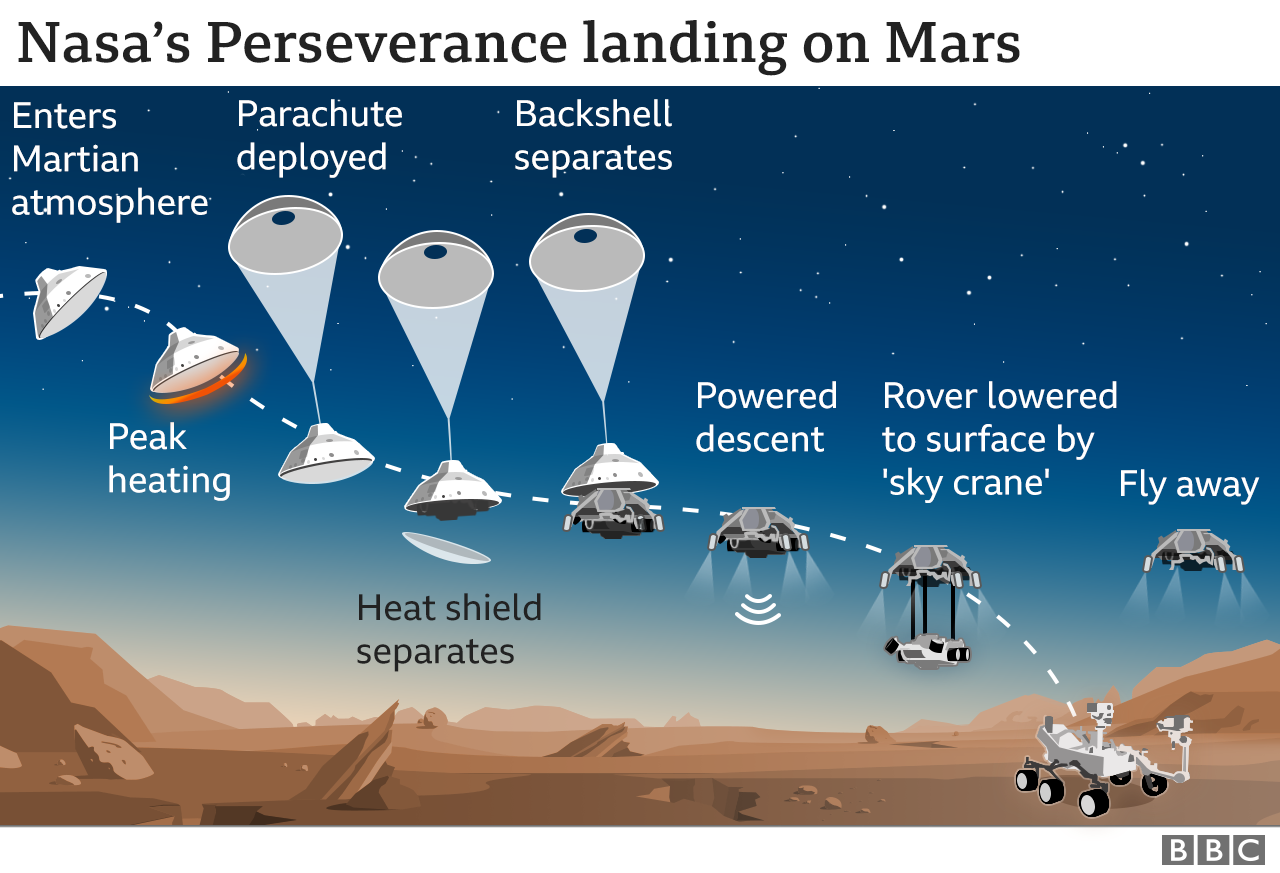
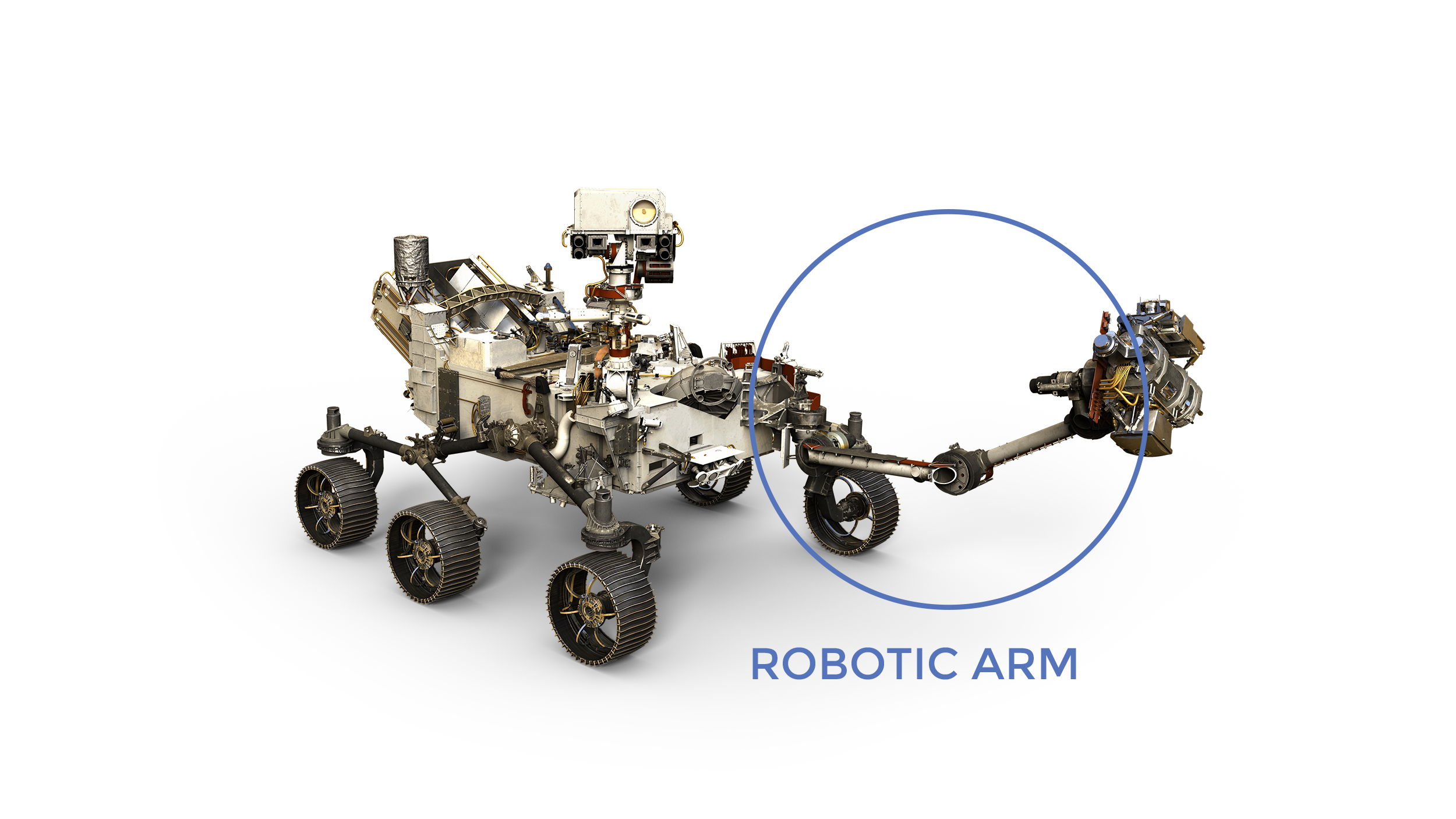
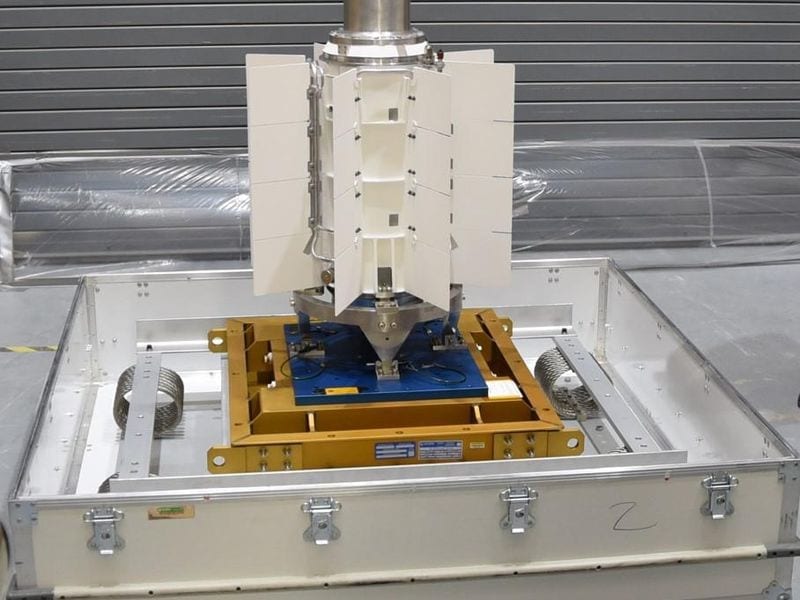
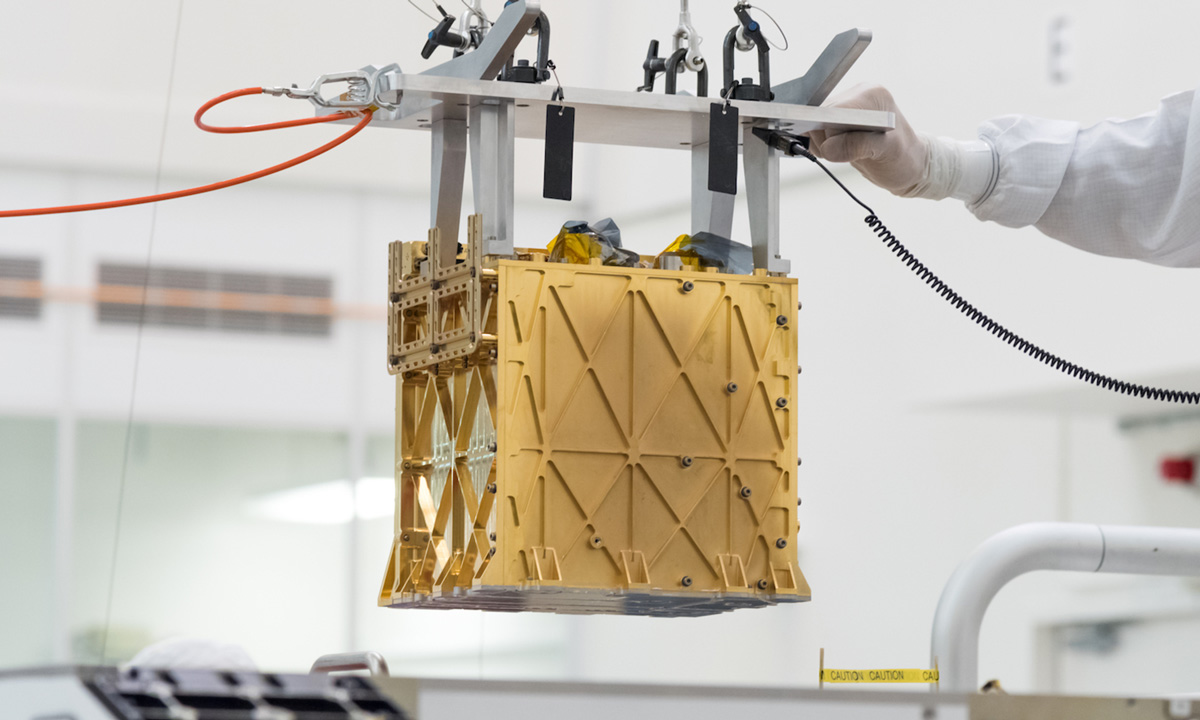

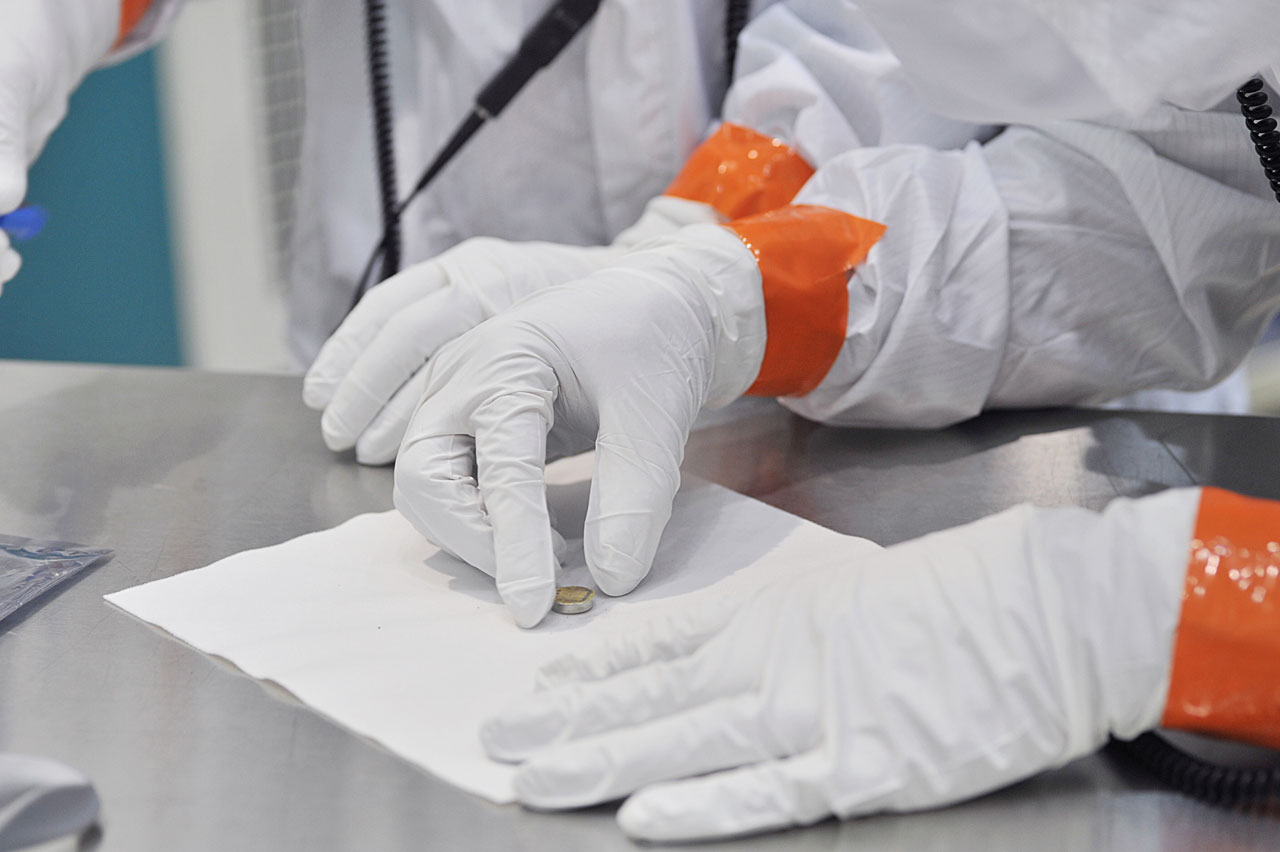
Comments
Post a Comment